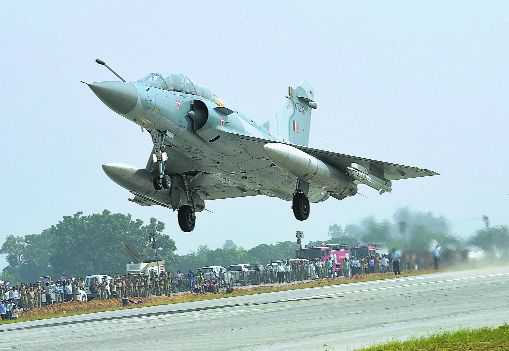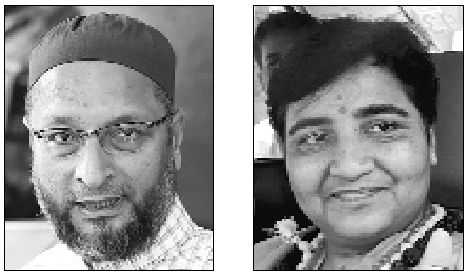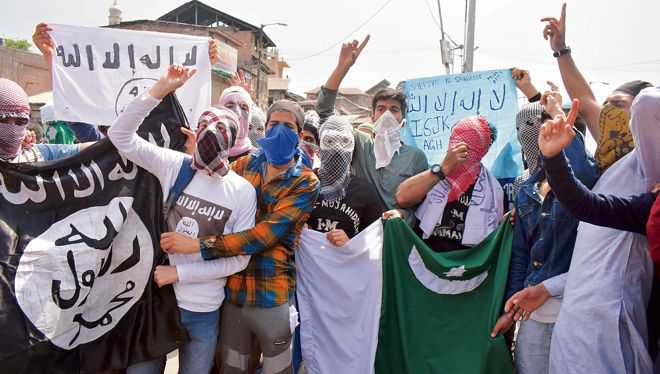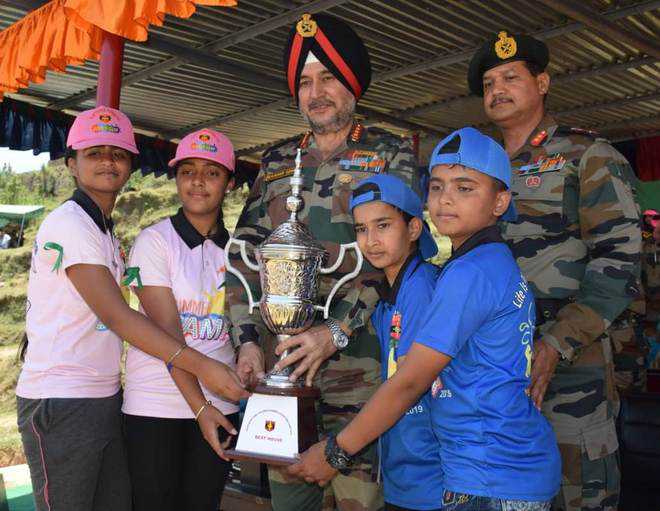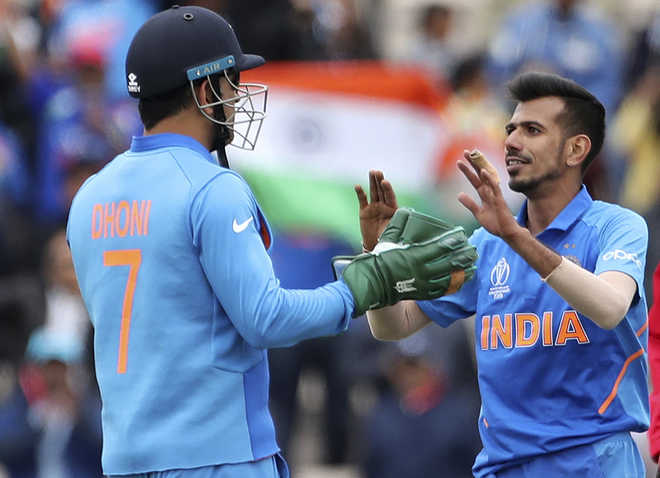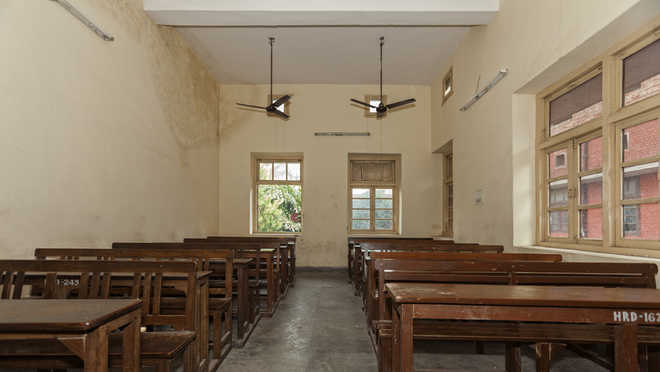ACTION TO BE TAKEN ON DEMISE OF A PENSIONER
(a) Death if due to accident or unnatural causes should always be reported to the Police Station in whose jurisdiction the area falls. It avoids lot of troubles later on. In such cases get the autopsy done to establish proper cause of death.
(b) Do obtain two ink signed copies of Medical certificate specifying cause of death from the Hospital or the authorized Medical Practitioner. One of these is required by the authorities at the cremation/ burial ground. The other is required by the authorities (Registrar of Deaths & Births) who issues Death Certificates. Obtain cremation/burial certificate from the cremation/burial ground.
(c) A close relative should apply for issue of Death certificate within 15 days of the death of the pensioner/ deceased. Obtain at least 20 ink signed & equal number of Photostat copies duly attested by a class one officer.
(d) Write to the Pension paying Bank Intimating them of demise of the pensioner, asking them to discontinue the pension of the pensioner and payment of the family pension of the spouse l N O K (give name). Enclose ink signed death certificate & copy of the original P P O having joint photograph of the pensioner & spouse/ NOK. Also state PPO and pension S /B A/C numbers.. Sample Application form as at Annexure.
(e) If the Pension A/c is a joint account or the spouse is a nominee in it Then it is simpler to operate the same A/C for family pension, otherwise a fresh S/ B A/C is to be opened in the same bank. It requires proof of Identity and proof of Residence. Photo copy of voter I Card! PAN card will suffice- with three copies of attested photographs.
(f) Write separately to Pension sanctioning Authority, PCDA ( P) to start family pension, on demise of the pensioner and enclose ink signed copy of death certificate:-Sample Application is at Annexure
(g) In the case of Retired Army Pensioner Write to the A Gs branch (MP-5, CW 4) to update their records. & to Pay Platinum Grant if Applicable As per Annexure.
(h) If the age was less than 70 years write to Army Group Insurance Fund (AGIF) to Make payment of life insurance amount. Application Performa at Annexure.
(i) Return Retired Officers I Card to Area HQ (lnt Br.) for further Disposal. (j) If there are other Insurance Policies write to them to pay Insurance amount.
(k) Write to all banks wherein the pensioner has his accounts to transfer closing balances to the spouse / N O K giving bankers address, a/c number.
(I) Write to Regional Transport Officer to transfer the Automobile to the NOK.
(m) Write to Arms Licensing Authority to transfer the weapon (if any) to the NOK meanwhile deposit the weapon(s) in concerned Police Station Arms Dealer for safe custody. The NOK should apply forArms License at the earliest.
(n) Write to Electricity Providing Agency to transfer the meter in the name of spouse/NOK and start further billing against that name.
(o) Write to the Telephone providing Agency to Change the name of the subscriber, transfer the connection to the name of the Spouse/NOK for further billing (p) Apply to AWHO to transfer the dwelling unit to the spouse/NOK. Performa for Application should be obtained from the AWHO / Welfare Society . The Society has to render No Objection Certificate (NOC).stating that there is No encroachment of common land, No major modification to the Approved design and all Dues to the Society has been cleared. If not already done you may have to do it before they issue NOC.
(q) Write to all the clubs & societies to transfer the membership to the spouse/NOK (r) Write to all Debtors to clear all dues and make payment to the Spouse/NOK.
(s) Clear the outstanding dues if any of the Creditors and credit cards and loans taken if any. Return the credit cards to the Bank concerned.
(t) Some of the banks may have issued Insurance certificate for the amount of FD/Bank Balance then claim it.
(u) Write to Income Tax authorities to intimate death of the Pensioner to close his Income Tax file and open Income Tax file in the name of the Spouse/NOK Quoting PAN number of both.
(v) Write to the Municipal Authorities to Close Property case file of the deceased person and open it in the name of the spouse/NOK.
(w) Approach the district Courts for Probate of the WILL, if it is in possession, otherwise obtain a Succession Certificate. From the District Judge.
Annexure — DRAFT LETTER FOR FAMILY PENSION
From
Name.
Address Tele No. To,
The Manager
Name of Bank Address
Sir,
Subject: – GRANT OF FAMILY PENSION ON DEMISE OF PENSIONER.
1. Reference- Our Joint Pension SB A/C No. held in your Bank.
2. I regret to inform you that my husband, IC No, Rank ………….. Name has expired on at due to Certificate of his death is enclosed for ready reference. He was drawing his pension through your bank. Kindly, stop his payment of his pension with effect from and Start payment of family pension at the rate prescribed vide Annexure three to 6th Pay Commission Report i.e. Rs; 15630/= + DA @ 51 % or as applicable to me through the same Pension SB A/C No. held in your Bank. We have no dependent children.
3. You are requested to forward the attached copy of this letter along with Copy of his Death certificate duly endorsed for its correctness.
Yours faithfully,
Signature(Name)Email ID
Date
Copy to – PCDA (P), Dropadi Ghat, Allahabad 211014: for similar action.
DRFAT LETTER FOR ARMY GROUP INSURANCE EXTENDED POLICY
From: Name Tele No: Mob
Address
To,
The Chairman,
Army Group Insurance Fund,
AGIF House, Rao Tularam Marg, NEW DELHI – 110010
Sir,
Sub:- ENCASHMENT OF EXTENDED ARMY GROUP INSURANCE POLICY Ref.
Extended Army Group Insurance Certificate No. issued to IC No.Rank Name of Corps of signals. (Encl in original)
1. I regret to inform you that my spouse, I C. No. Rank Name has expired on……. at………. His/Her Death Certificate issued by …………… is enclosed for ready Reference.
2. I am enclosing the Extended Army Group Insurance Certificate for encashment duly completed in all respect. His date of birth is………………………… Kindly send the cheque of the sum assured to me on my address as given above. My Bank details are as under:-
SSB A/C No. Name and address of my Bank.
Thanking you in anticipation,
Yours Faithfully,
Signature (Name) &
Annexure- DRAFT LETTER FOR ARMY OFFICERS BENOVELENT FUND – RS 50,000/-
From;
Name
Address
To
The AOBF (Accts Sec), AG’s Branch,
IHQ of MOD (ARMY) Room No 279A, South Block
DHQ PO, New DeIhi110011
Sir,
Subject:- Payment of Platinum Grant (AOBF) On Demise of IC No IC Rank Col Name (Late) of Corps of Signals.)
- Reference PPO No. ……………….. (Photocopy enclosed) 1. I regret to inform you that my husband, IC No. Rank Name has expired on ( date) at (Name of Hosp) , Address(Place) , Due to (Cause of Death)
- The Certificate of his death Issued by (Civil Authority) is enclosed for ready reference.
- You are, kindly requested, to send me his Platinum Grant on his demise. His date of birth is ———– Photo Copy of his Retired Officers’ Identity Card is enclosed for ready reference.
- The cheque may please be issued to me on the Address given on top of this letter.
- My Bank details are as under:
Name of Bank Address SBA/C No 3. We have ———–/ do not have dependent Children.
Thanking you in anticipation.
Yours Faithfully,
Signatures
( Name- Mrs xxxxx xxxxxx xxxxx xx) W/O Late xxxxx xxxxxxxx xxxxxxx
Copy to:- MOD IHD, Army/HQ AG ( MP 5/ CW 4) For Similar Action
CHECK LIST — ACTION TO BE TAKEN ON DEMISE OF PENSIONER. 1. In case of death due to accident lodge an FIR with the nearest Police Station, and get theirwritten permission before last rites are performed. 2. Arrange last rites even in cases of natural demise only after getting Medical Certificate of cause of Death from a doctor (Authorized Medical Practice nor). Intimate time of Funeral and CHAUTHA/UTHALA/ Prayer meeting to all concerned preferably through an insertion of obituary in News Papers(s). 3. Apply for and obtain Death Cetificate-20 or more copies from the Office of Registrar of Births and Deaths/ Municipal Authority. These are required to be submitted with all claims. 4. Forward the information with certified photocopy of Death Certificate To the following: (a) PCDA (Pension), AG’s Branch MP 5 (b) and PS4. (b) Army Officer’s Benevolent Fund for Payment of Platinum Grant. (c) AGIF For settlement of life Insurance cover as applicable (d) Station HO To surrender Identity Card of the deceased Officer and Issue of CSD Canteen Card. (e) Bankers forfamily Pension, FD’s Loans (if any), PPF and Locker: (f) Clubs For transfer of membership or refund of security deposit as applicable. (g) Municipal Authority/AWHO/DDA/NDA/GNDA/HUDAILOCAL Development Authority For transfer of House /Apartment to a single name of the surviving spouse as per WILL of the deceased. (h) MTNUBSNUTELECUM COMPANEY For transfer of tale connection and future billing. (i) BSES/NDPULOCAL ELECTRICITY DEPARTMENT For transferring of electric connection and future billing in the name of the house owner. (j) ITO For closing of file of the deceased and linking up with the files of the beneficiaries and for wealth Tax assessment. (k) Licensing Authority for motor vehicles, Personal Arms and Tractors etc For Transfer of Ownership. (I) LIC/GIC/Insurance Companies/Banks for insurance policies covering Life, Medical, Vehicles and property etc. (m) Secretary Zila Saink Board For issue of Ex-Servicemen widow’s Identity card. 5. Obtain Probate of WILL (if held) otherwise succession certificate is required from the District Judge under Indian













